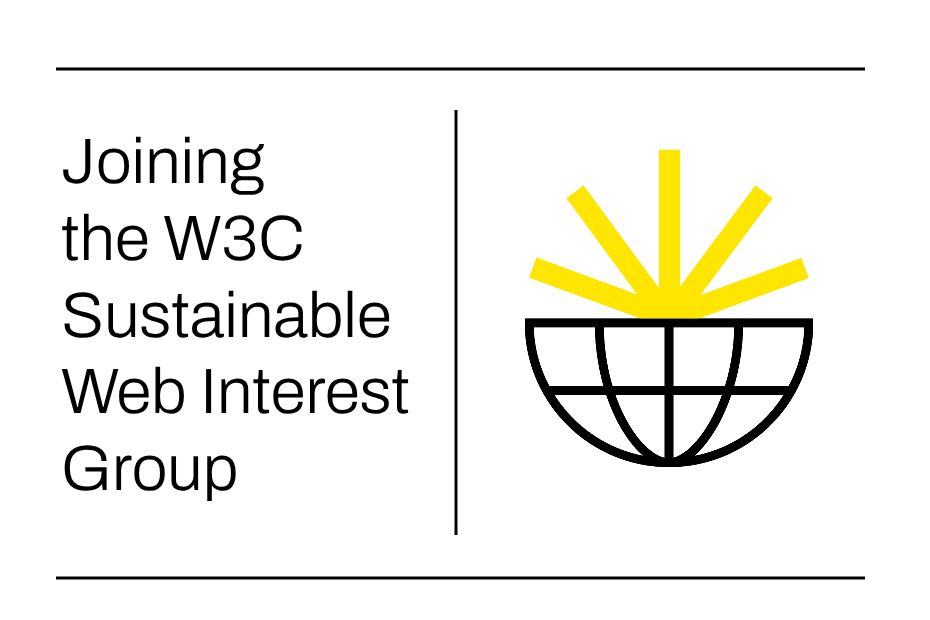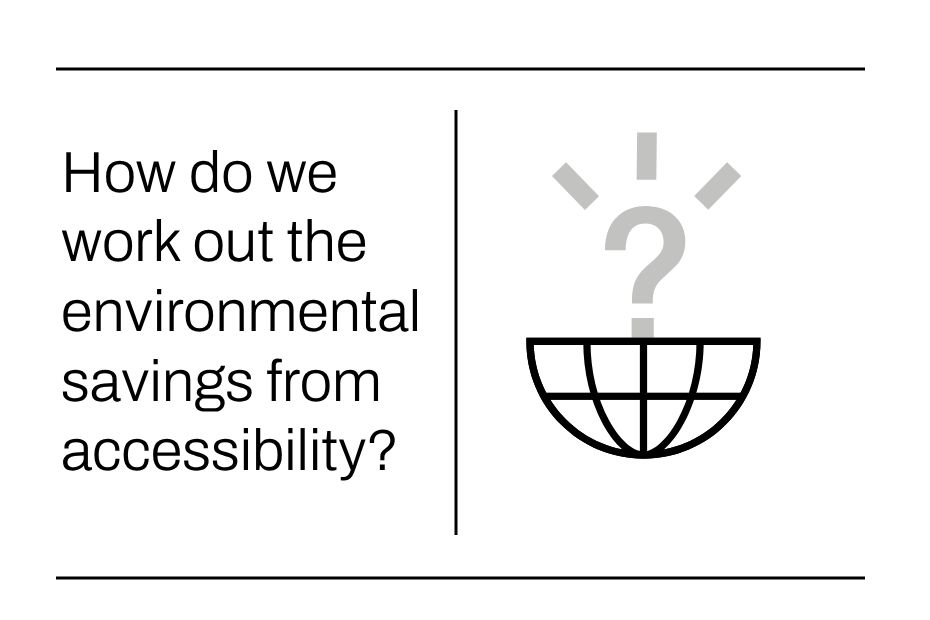In an earlier post, we spoke about Provisioning and Providers, in our mental model for effecting change, if we want a lower carbon internet. In this post, we continue describing the model, and explore the elements of Process.
In the previous post, we introduced the Packets, Platform, Process model, which at a high level refers to:
- Platform – emissions caused by servers and infrastructure you run yourself
- Packets – emissions caused by infrastructure other people use (i.e the rest of the internet, that you don’t control)
- Process – emissions baked into decisions about the way you deliver a digital product to your users, or how people are set up to work in your organisation
When we looked at Platform, it should have been fairly clear that we were talking about servers, and if you run a hosting company, you might run and own these yourself.
If you provide consulting, or build digital products, even if you don’t run these servers yourself, they still exist in your supply chain, you’ll still have some responsibility for these, as they are in your supply chain.
More specifically, they’ll make up your Scope 3, or indirect emissions.
Scopes and how to they relate to emissions
Working out who is responsible for emissions can be complicated.
The most widely accepted standards for tracking carbon emissions are generally the GHG Corporate Standard, and there is ample formal guidance online, from groups like ICT Footprint.eu.
But if you don’t have time read those tomes, in general, you can think of emissions as falling into one of three scopes:
- Scope 1 – Emissions from you burning fossil fuels yourself
- Scope 2 – Emissions from generating electricity that you use.
- Scope 3 – Indirect, supply chain emissions – basically the other emissions that happen in your supply chain.
If you wanted to relate them to something everyday, like coffee, you might think about emissions like this:
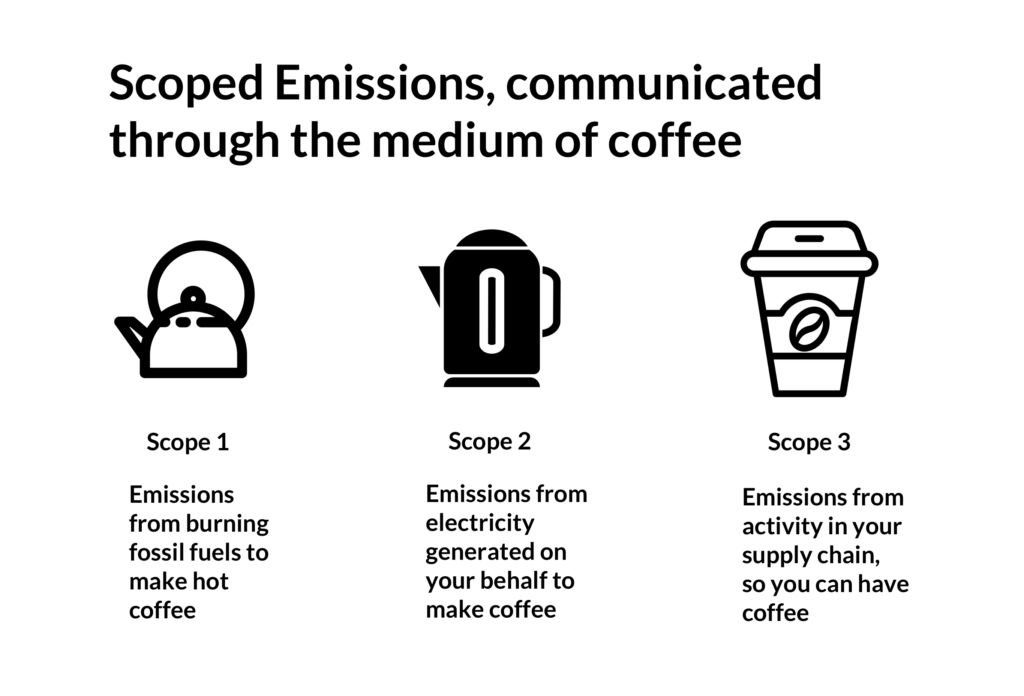
An example for internet companies
You can see an nice example from online payments company Stripe, who started reporting on this last year in their snazzy looking environment site.
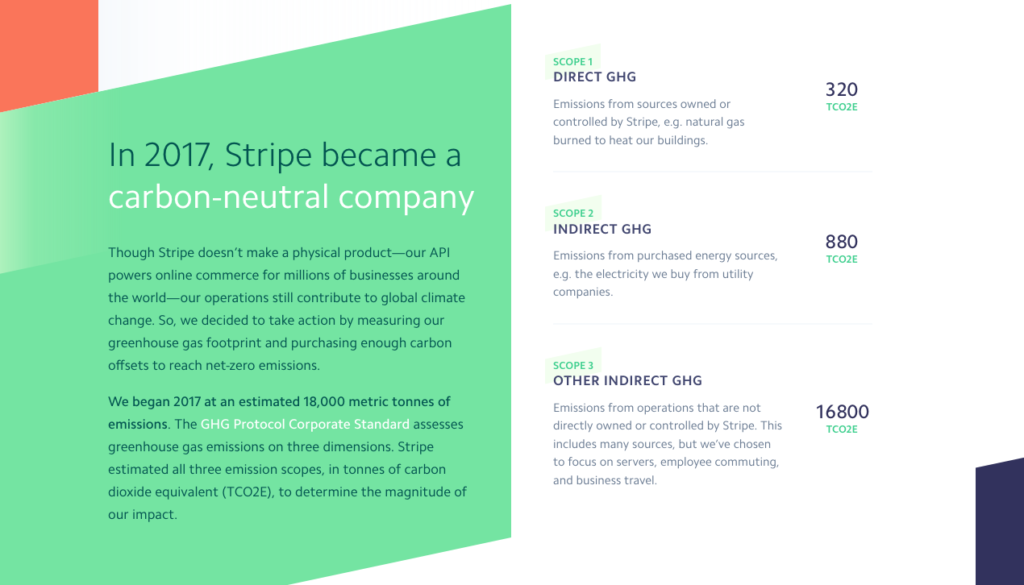
If you check Stripe’s site, you’ll see how they provide a nice breakdown of what scoped emissions are, but you’ll also see that Scope 3 covers more than just servers.
So, when we talk about reducing emissions, it makes sense to think more holistically too – hence Process, in Platform, Packets Process.
Process – Place, Policy and Procurement
There are a number of questions worth asking when thinking about reducing emissions – we’ve grouped them into three areas accordingly:
Place
Where are the services or products being created?
People tend to work better in dry, comfortable, well-lit spaces, and keeping places in this condition typically takes energy – either to provide heat directly, but also in terms of electricity for lighting, cooling, or air conditioning.
Even if you pay for a co-working space, or work from home, if you’re not using entirely green energy, there will be emissions from these buildings that you’ll need to take into account when thinking about the emissions associated with delivering a service, or building a digital product.
How are people getting to there to work on them?
While a growing number of companies support remote work, if people travel to get to work, and they’re not cycling or walking, there will typically be emissions here too.
In fact, when sustainable web agency Wholegrain Digital looked at their emissions and blogged about it, this was the single largest source of emissions for them.
Because they’re a classy bunch though, if you want work the emissions from commuting for yourself, they’ve shared their own template, that you can use for free.
Where else do people go to get the work done? How much business travel is there?
If you’ve made sensible decisions about how you provision your servers, and who your providers are, and you work in a buildings using green power, and you primarily do knowledge work, but then there’s a chance that travel is likely to be another large source of emissions.
And typically, if there’s any flying, that’ll often be the single largest source when looking at travel, because even if flying might be the most efficient way to get somewhere on a per passenger-mile basis, the absolute numbers, in terms of mileage are huge.
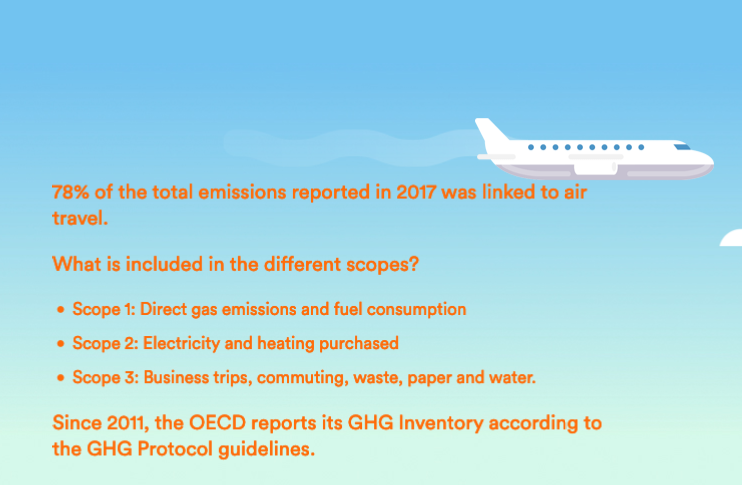
To give some perspective, for the OECD, an organisation who literally wrote the book on how to buy green services in the public sector. They generally provide advice for other organisations, so knowledge work, and their single biggest source of emissions in 2017 came from aviation – making up nearly 80% of their total. If your work involves consulting, sales or conferences, you might see similar patterns emerge. You can quickly get a rough figure using the ICT footprint self assessment tool.
However, depending on where you are in the world, there are measures you can take in this case, which we’ll cover in Policy.
Policy
We’ve mentioned some questions related to place, that will help you understand where the levers are for reducing emissions. There’s a few ones around policy worth asking, too.
Does your organisation have a target to reduce emissions in the future?
We’re increasingly seeing countries and states making legally binding targets to reach zero emissions, (meaning it’ll be illegal to be a net emitter of carbon in that country).
Lyft, Stripe, Apple, Google, Microsoft, Bosch, BT, SAP are already at net-zero, after offsetting their own unavoidable emissions.
This isn’t just for huge organisations though.
Small companies like Whole Grain Digital, have public targets to hit net-zero emissions, in addition to a complete open, creative commons licensed sustainability policy you can use as a starting point if you don’t have one yourself.
As they say, if we can do it, so can you. If you need more help, B-corp are increasingly providing guidance and services for small companies wanting to do good, who have traditionally been underserved by CSR companies working with larger clients.
Does your organisation track emissions?
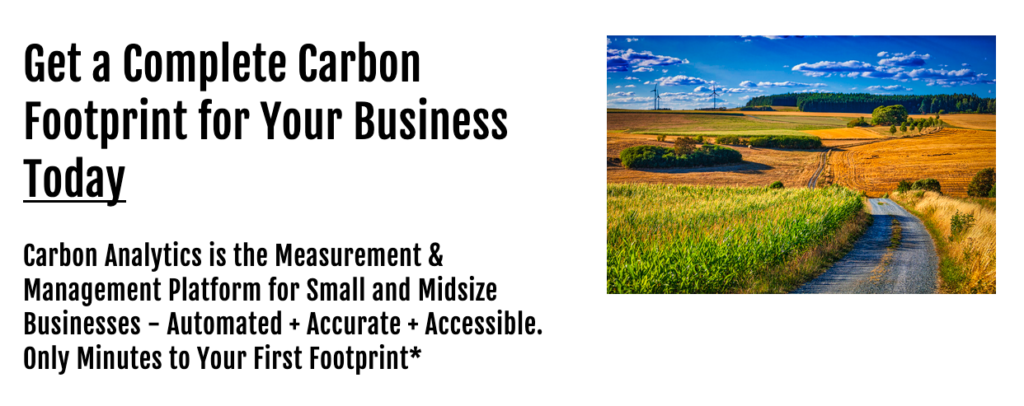
As mentioned before, there are existing approaches used to track emissions, but they’ve typically only been available to larger companies.
However, this is changing.
Small companies like Carbon Analytics are now providing services to calculate emissions by talking to accounting software you use, because you’ve categorised expenditure there already, saving the hassle of duplicating again. If you already use Xero, you can try them free to get a single carbon footprint based on your current data.
Is there an internal price on carbon?
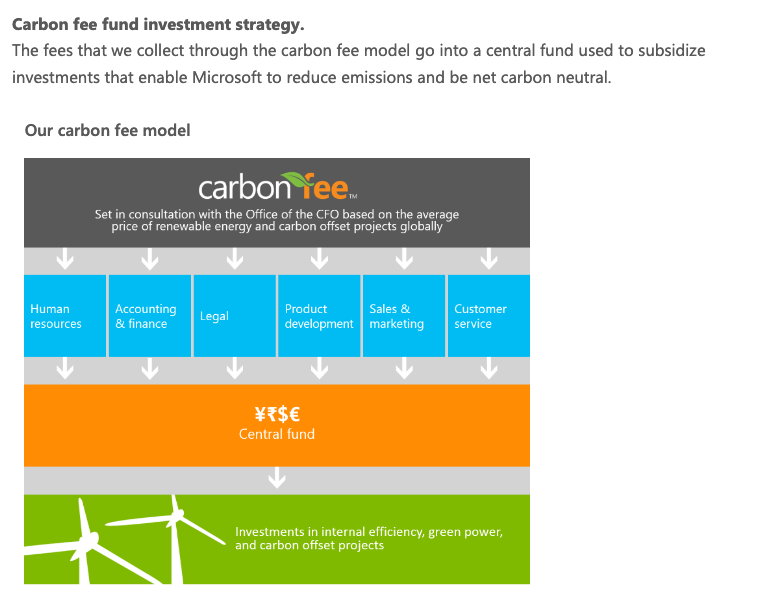
Even if you have an idea of where there are hot spots in terms of emissions, or you know what activities create this, because lots of activities don’t carry their true price, you can still end up with conditions where there’s still an incentive to carry out high carbon activities.
One approach that’s used in a growing number of organisations is to use an internal carbon price, where the impact of activity is tracked and an internal price used to represent the true cost, and create a disincentive for this activity, by levying an internal carbon fee on the activity – usually the emissions, multiplied by their internal price of carbon.
Some organisations put this into an internal ‘green fund’, whereas others use it to donate to charity.
Microsoft is an example of this, and they’ve published a detailed guide on how they do it too, for others to follow, so you can do this yourself.
When there are unavoidable emissions, how do you deal with them?
Generally speaking, if there are emissions left over after efforts to reduce them, it’s common to compensate for these emissions, with offsets or another mechanism or policy tool.
We’ll be writing a more in-depth piece around offsets in the future, as in our organisation we have staff who have worked at every part of the supply chain associated in their production.
Does your organisation support employees who want to take steps to reduce emissions as individuals?
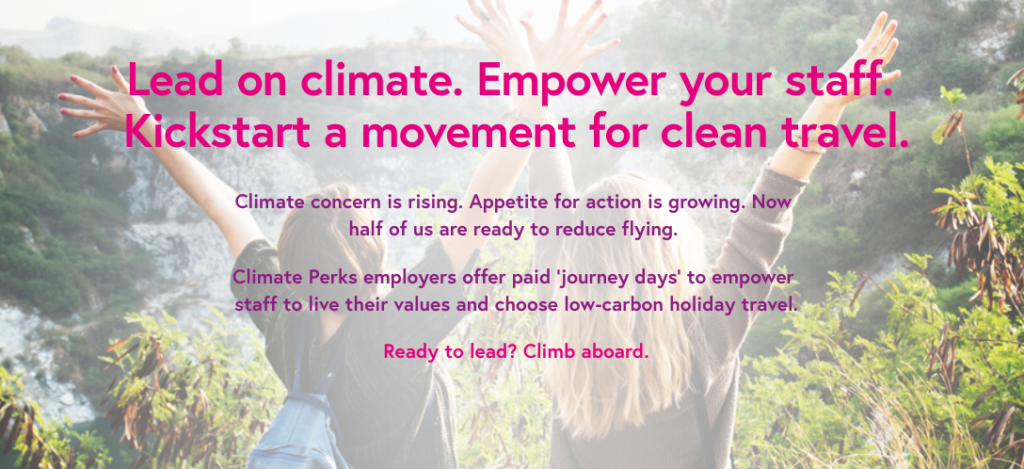
We’ve identified that commuting can be a large source of emissions, even in small, green companies – in this case, supporting remote workers, in addition to increasing the chances of retaining people who have childcare needs, will likely reduce emissions through reduced commuting.
There’s good well curated guidance in these cases, not least from 18F, a government-run internal civic consultancy in the US – they’ve collated guidance,
Similarly, if we’ve identified that a chunk of the impact from running digital services comes from getting to work, then there’s steps we can take for business travel too.
A good example here is the Climate Perks scheme from 10:10 – they’ve created a model travel policy that’s easy to adapt, and a well thought through scheme for employers interested in supporting employees who want to take lower carbon surface travel over flying for business travel (and often as a result, retain them for longer)
Now, if these are reasonable things to ask internally, and we’ve established that emissions from our suppliers affect our emissions too as they are in supply chain, then perhaps it’s worth thinking about which these questions it makes sense to ask – which brings us to our final lever.
Procurement
In most organisations, if you are serious about reducing emissions, the biggest levers will be in your supply chain, and who you buy from.
If you are building digital products, we publish open datasets about the green web, provide an API to check any site online, and as well as open source tools, from simple checkers to browser extensions, and to make it easier to find green providers.
If you’re with a grey provider, it’s often worth starting a conversation with them about becoming a green provider, because one of the main reasons cited by people still running infrastructure on fossil fuels, is that their customers don’t ask for any change from them.
So, this is one of the reasons we’ve started writing about the questions to ask when looking for a good host, and why we’re writing about how to think about your whole supply chain with Wardley Maps.
Work with us on making it easier to switch
We’re now looking for partners to work up with to design a series of workshops to provide something like a “minimum viable audit” – a fast, accessible way to audit and reduce emissions around your digital infrastructure.
We’re basing it around the questions we’ve shared here as a starting point, with the aim of participants leaving the workshop with a clear, concrete set of next steps to take, to help design out the emissions from the digital services we increasingly rely on.
More specifically, we’re looking for partners to work with for two cases:
- the level of an entire IT estate, to come up with open, creative commons licensed policy that any organisation can adopt
- at the team level, for agile teams responsible for the end-to-end design of digital services. The idea here is to come up with some basic principles for cross functional teams to use, where there isn’t policy yet, to let them incorporate meaningful, measurable changes into the cadence of continuously delivering new versions of a service
Our intention is for these to be permissively licensed, either Creative Commons or something similarly open.
If this interests you, please drop us a line at [email protected], referring to this post.
(Disclosure – Wholegrain Digital is a partner in the The Green Web Foundation Partner Scheme, but that’s not why we featured them in their post. They’re just the first small company we’ve found sharing open sustainability and travel policies for others to use like this. )

